Japanese Strawberry Shortcake
4.7
(229)
Your folders
Your folders
Prep Time: 120 minutes
Cook Time: 25 minutes
Total: 145 minutes
Servings: 1
Cost: $55.79 /serving
Author : Namiko Chen
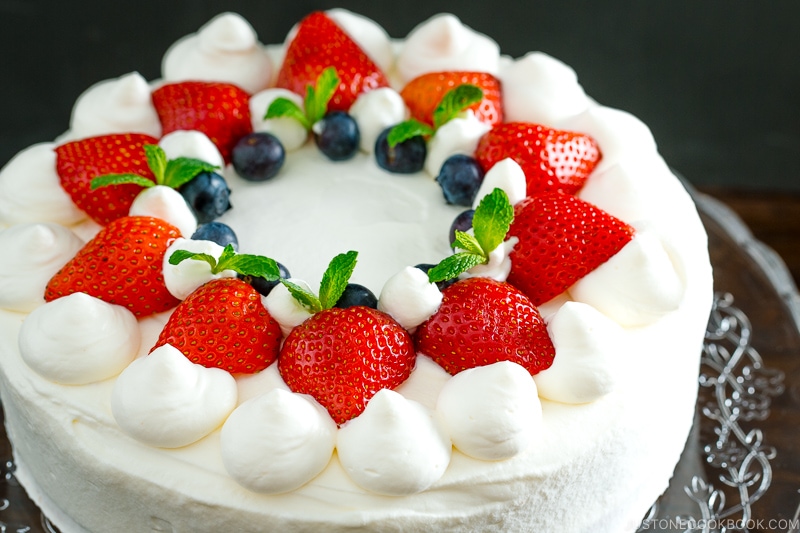
Ingredients
Export 9 ingredients for grocery delivery
Instructions
Step 1
Gather all the ingredients.
Step 2
Make sure the eggs and butter are at room temperature. Sift the cake flour at least twice.
Step 3
Place the cake pan on top of parchment paper, trace around the pan and cut out the circle. Grease one side of the parchment paper and also both the bottom and sides of the cake pan with butter. Then fit the parchment paper in the cake pan. (I avoid parchment paper on the side because sometimes it pulls the batter and affects the final result of the cake).
Step 4
Preheat oven to 350ºF (180ºC). For a convection oven, reduce cooking temperature by 25ºF (15ºC). It’s always better to preheat longer, preferably 15-20 minutes extra. Tip: You preheat the oven so that all the surfaces inside your oven (walls, floor, door, racks) are the desired cooking temperature, which makes for more even temperatures throughout the oven and you won’t lose as much heat when you open the door for a few seconds. Depending on your oven, regular preheating might take 10 to 20 minutes.
Step 5
Prepare a double boiler. If you have never done this before, please see Notes section below. Turn on the stove’s heat to high and bring the water in the saucepan (Pot A) to a rapid boil. When boiling, reduce heat to maintain a steady simmer. Put the 40g (3 Tbsp) of butter in the small bowl (Bowl #and set over the saucepan. Let the butter melt gently.
Step 6
Once the butter is melted, remove the bowl from the saucepan. Then add 30 ml (2 Tbsp) whole milk and whisk to combine. Set aside to keep it around 104ºF (40ºC).
Step 7
In the stand mixer bowl (Bowl #2), add 4 eggs and break the egg yolks and whites.
Step 8
Add 120 g (½ cup + 2 Tbsp) sugar and whisk to combine.
Step 9
In the large pot (Pot B), bring about 2 inches of water to 140ºF or 60ºC and maintain the temperature. Then set the stand mixer bowl (Bowl #directly in the pot and whisk constantly so the eggs don’t become scrambled eggs. This method is called bain marie (or water bath), where the bowl of food is set directly in a larger container of hot or simmering water. You can also use the double boiler method, where you set the egg mixture bowl (Bowl #over the Pot B. The bowl doesn’t touch the simmering water of the pot. In both cases, the water tempers the heat to permit gentle, even cooking.
Step 10
Whisk until the temperature of the egg mixture reaches 104ºF (40ºC). Remove Bowl #2 from Pot B and set it up on the stand mixer with the whisk attachment.
Step 11
Whisk on high speed (level until the mixture is fluffy, for about 2 minutes. The batter should be loose yet thick and glossy.
Step 12
When the batter is pale and fluffy and tripled in volume, slow down to low speed (level for several seconds. Stop and lift up some of the mixture and fold it in, and if the batter stays on top of the mixture, that’s “ribbon stage” (see Notes). Remove from the stand mixer.
Step 13
Add half of the flour. Using the whisk, fold gently but thoroughly. Do this by rotating your bowl slowly, and simultaneously moving your whisk in a downward-then-over motion.
Step 14
Add the rest of the flour and fold gently to make sure all the flour is incorporated quickly so your mixture doesn’t deflate.
Step 15
Take out 1 (spatula) scoop of the batter from the bowl and add to the butter & milk mixture.
Step 16
Mix very well. We incorporate butter into batter first because fat in butter will deflate the batter if we add the butter directly.
Step 17
Add the mixture back to the batter by pouring over the silicon spatula. This prevents the mixture from deflating the batter and helps disperse the mixture. Gently fold in. When you lift the spatula, the batter should fold down like ribbon.
Step 18
Pour the batter into the center of the cake pan, from right above the cake pan. You want to avoid introducing extra air into the batter at this point. Collect the leftover batter in the bowl and pour around the edges of the cake pan, not the center.
Step 19
Drop the cake pan on the counter to release air bubbles in the batter.
Step 20
In the preheated oven, bake at 350ºF (180ºC) for 20-25 minutes. Check if the sponge cake is done by inserting a skewer in the middle and comes out clean. Meanwhile, move on to the cake assemble prepping stage.
Step 21
As soon as you take out the cake pan from the oven, drop it on the counter to give shock to the cake (so it stops shrinking). Separate the cake from the pan by running a sharp knife or offset spatula around the pan.
Step 22
Take the cake out of the pan by placing the wire rack on top and flipping it over.
Step 23
Immediately remove the parchment paper.
Step 24
Place another wire rack on top and flip it back. The top of the cake is now facing up.
Step 25
Cover the cake with a damp towel until cooled (to keep moisture in the cake). Make sure the towel is thin (not heavy) and squeeze the water out VERY tightly so that it’s damp, not wet. I use IKEA’s thin dish towel. If you keep the sponge cake for later use, wrap with plastic wrap and keep it in the fridge (See Notes).
Step 26
Divide the strawberries into 2 groups, for decoration and for filling. Keep the beautiful, same-sized strawberries for the decoration. Remove the husk and clean the strawberries with damp paper towel (do not wash, as we don’t want strawberries to have moisture and become moldy). Slice off the core for all the strawberries.
Step 27
For the strawberries that we use for topping, cut in half. For the strawberries that we use for filling, slice them into ¼ inch (5 mm) slices.
Step 28
To make syrup, in a small bowl (Bowl #3), combine 30 ml (2 Tbsp) water, 38 g (3 Tbsp) sugar, 1 Tbsp. liquor, and microwave for 1 minute to dissolve the sugar.
Step 29
Prepare ice bath by placing ice cubes and water in a large bowl (Bowl #4). Place a clean and dry mixing bowl (Bowl #over and add 473 ml (1 Pint) heavy cream and 38 g (3 Tbsp) sugar to keep cool.
Step 30
Once cooled, transfer the mixing bowl to the stand mixer and whisk on high speed. The cream will become thicker and smooth. When you lift the whisk out of the cream while it’s still liquid, but holds it shape as it drops, then it’s ready. Remove the bowl from the stand mixer and put it back in the ice bath.
Step 31
With a serrated knife, slice the middle of the cake horizontally into half. Now you have 2 layers (top and bottom).
Step 32
Place the bottom of the cake on the cake circle. Brush the syrup on top and the sides of the bottom layer. This will keep the sponge cake stay moist.
Step 33
Start to whisk the cream at one location by the edge of the bowl instead of whisking the entire cream. We will be making the whipped cream as we need. With this approach, we can also control the hardness of the cream.
Step 34
When the cream reaches “soft peaks”, take out the cream and transfer to the bottom of the cake. Soft peaks means when you lift the whisk, the cream will hold its line but the top peaks will be soft and after a second or two will fall back on itself.
Step 35
Spread the whipped cream evenly. If the whipped cream is not enough, whip more and add onto the cake.
Step 36
Place the strawberries on top of the whipped cream as you see in the pictures. Keep the center area open by not covering with strawberries. This will be easier to cut the cake into slices.
Step 37
Whip the cream again at the edge of the bowl.
Step 38
Transfer the whipped cream to the top of the strawberry layer. Spread just enough cream to cover the strawberries, do not put too much.
Step 39
Place the top layer of the sponge cake. Brush the syrup on the top and sides of the sponge cake.
Step 40
Whip more cream and place on the top.
Step 41
Place the tip of the offset spatula in the center at 30 degree angle, turn cake turntable toward you to create a smooth top. Lightly cover the sides of the cake with thin layer of the cream.
Step 42
Now add more cream to the side little by little. Place the offset spatula at 90 degree angle and push the turning table away from you.
Step 43
Remove the excess cream from the cake and put back into the bowl.
Step 44
For a basic decoration, I use Wilton 2A decoration tip. Put the tip in the piping bag and cut off the tip so the metal will show from the bag. Fold the top half of the bag outward as you see in the picture (over the hands).
Step 45
Whip the cream to “stiff peaks”. When you lift the whisk, the peaks will hold firm. Put the cream into the piping bag. Once you fill out the bag half way, lift the bag and push the cream down to the tip.
Step 46
Squeeze the pipe to test to make sure the cream comes out smoothly. When you’re ready, hold the piping bag at 90 degree angle and squeeze about 1 inch diameter of whipped cream around the edge of the cake. This will be the base for the strawberries.
Step 47
Decorate and place the strawberries sideways on top of the whipped cream. Then squeeze more whipped cream in between strawberries, dropping small whipped cream all around. Place blueberries between the whipped cream dollops. Place the small mint leaves in some area to add colors.
Step 48
I recommend putting the cake in a cake stand with dome or a cake box to keep the cake shape while preventing it from drying. Keep the cake in the refrigerator and enjoy it in 2 days.
Top similar recipes
Curated for youYour folders
 68 views
68 viewsJapanese Strawberry Shortcake
justonecookbook.com
Your folders

 360 views
360 viewsJapanese-Style Strawberry Shortcake
zhangcatherine.com
4.9
(7)
1 hours
Your folders
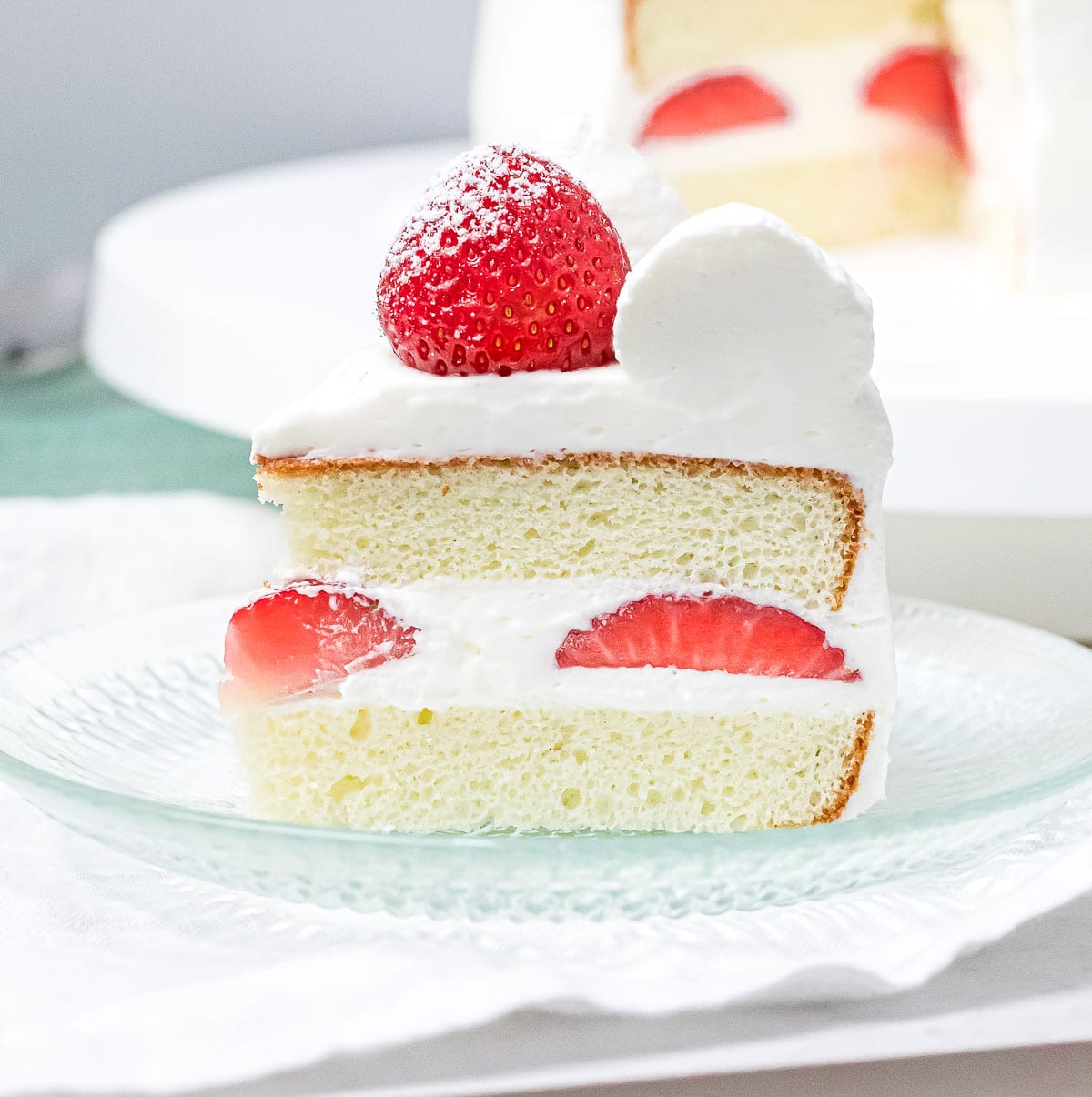
 606 views
606 viewsJapanese Strawberry Shortcake | Jap...
drivemehungry.com
5.0
(209)
20 minutes
Your folders

 612 views
612 viewsJapanese Strawberry Sponge Cake (St...
japan.recipetineats.com
4.8
(12)
25 minutes
Your folders

 114 views
114 views6 Inch Japanese Strawberry Shortcak...
hummingbirdhigh.com
5.0
(2)
45 minutes
Your folders
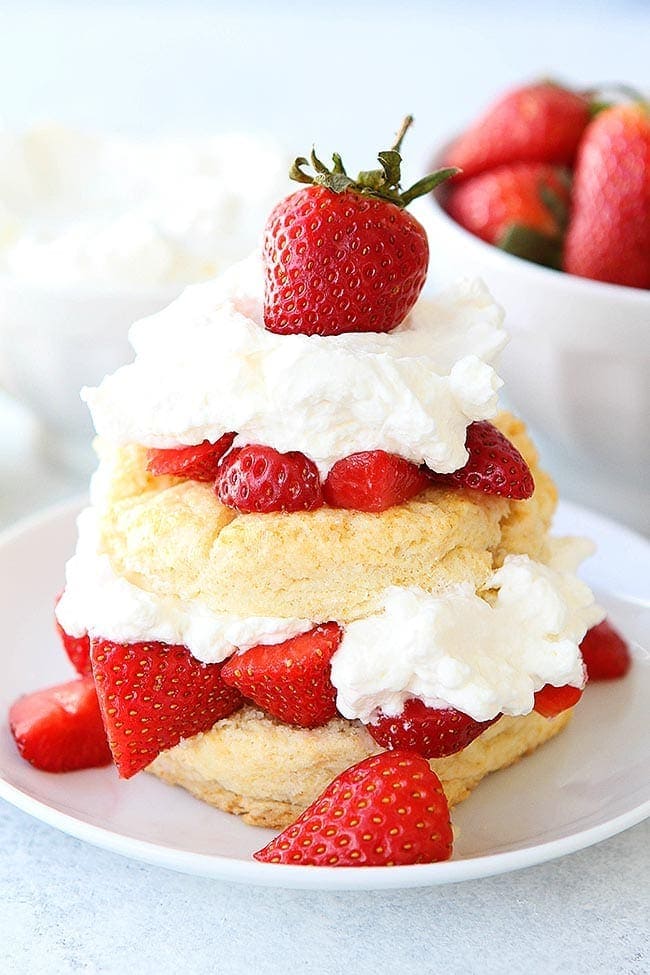
 271 views
271 viewsStrawberry Shortcake
twopeasandtheirpod.com
4.5
(37)
20 minutes
Your folders
 251 views
251 viewsStrawberry Shortcake
foodnetwork.com
4.9
(11)
20 minutes
Your folders

 360 views
360 viewsStrawberry Shortcake
tasteofhome.com
4.6
(69)
20 minutes
Your folders

 281 views
281 viewsStrawberry Shortcake
onceuponachef.com
5.0
(84)
15 minutes
Your folders
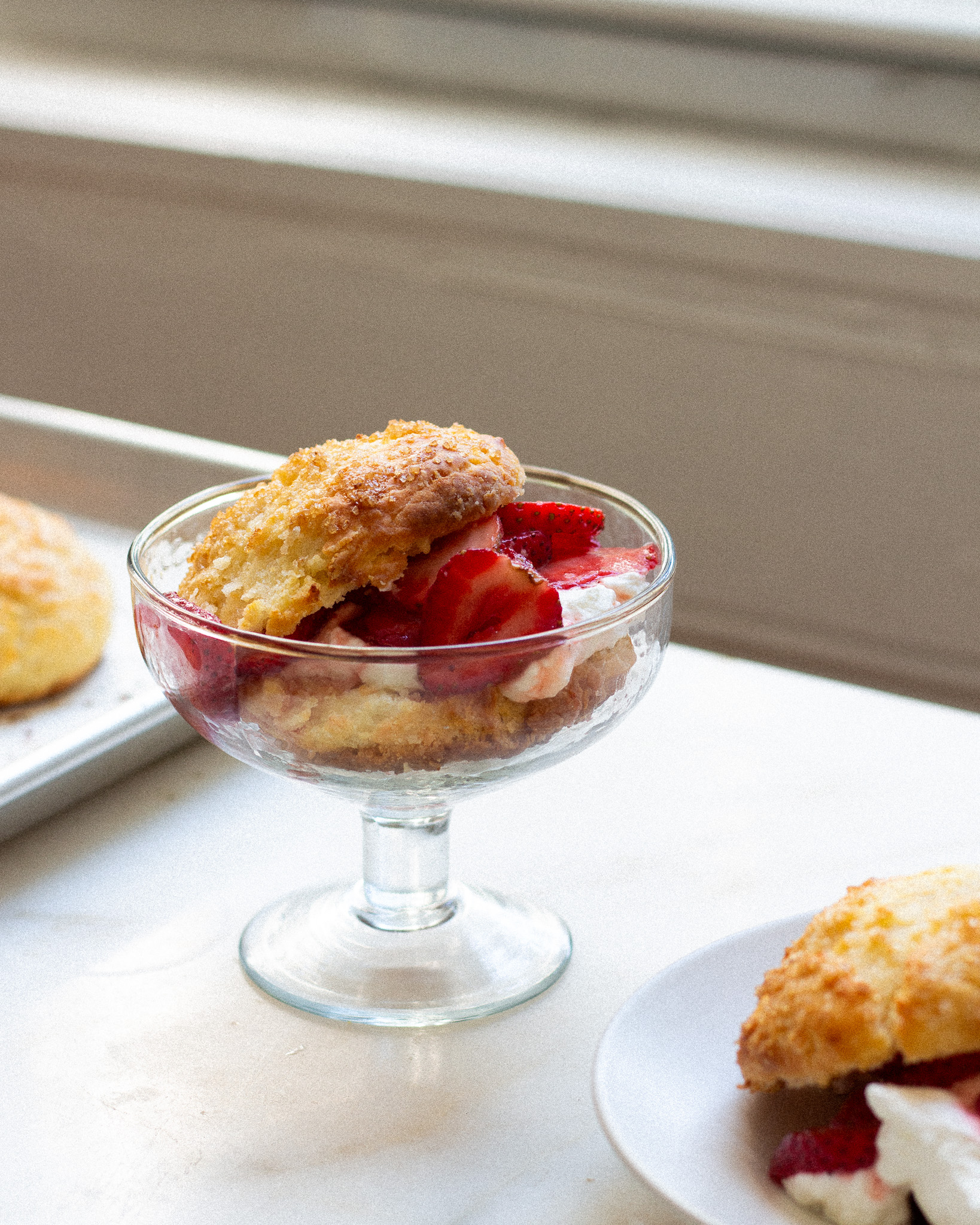
 249 views
249 viewsStrawberry Shortcake
justinesnacks.com
5.0
(1)
30 minutes
Your folders

 367 views
367 viewsStrawberry Shortcake
stage.tasteofhome.com
20 minutes
Your folders

 616 views
616 viewsStrawberry Shortcake
sugarspunrun.com
5.0
(9)
15 minutes
Your folders
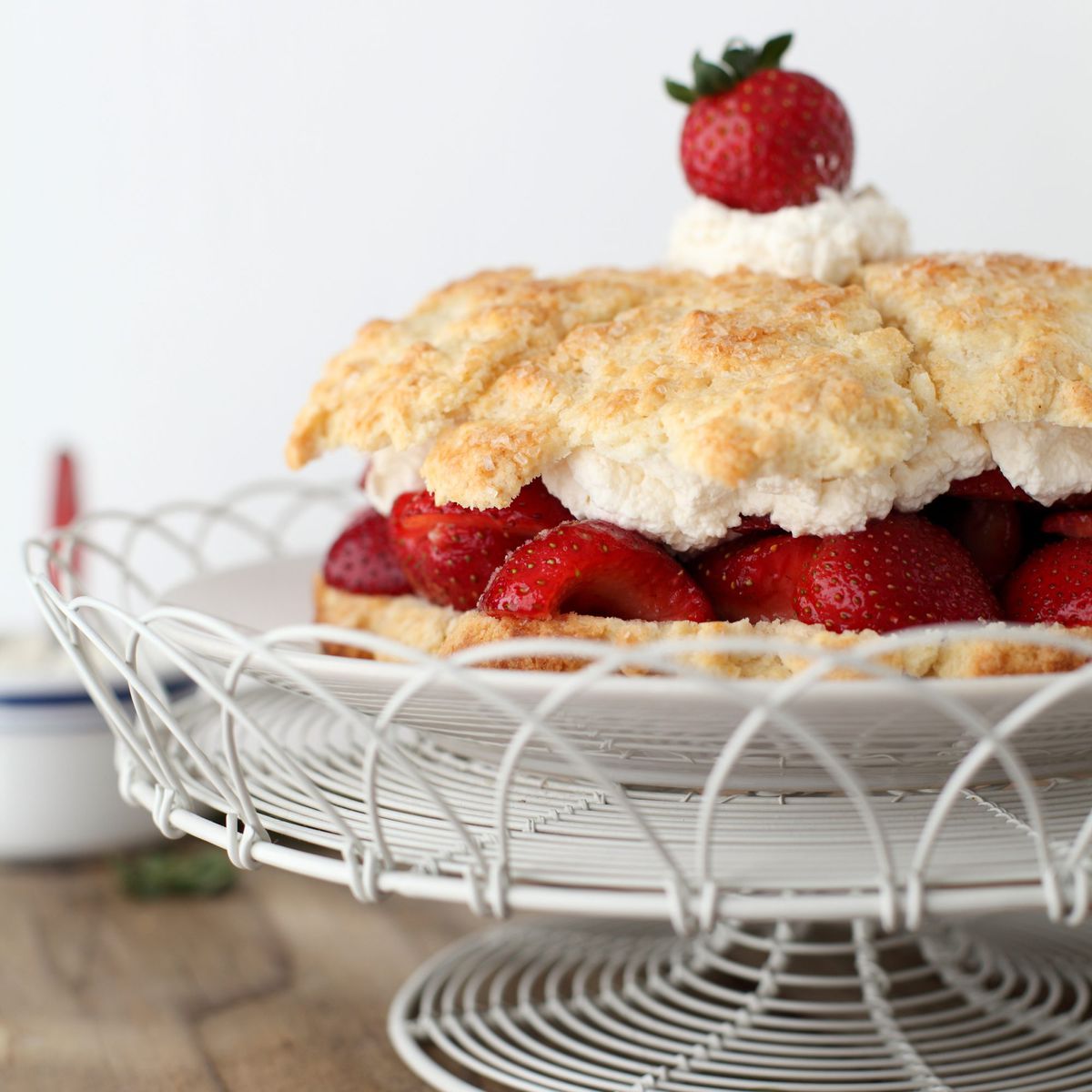
 351 views
351 viewsStrawberry Shortcake
foodandwine.com
2.0
(1.1k)
Your folders

 519 views
519 viewsStrawberry Shortcake
cooking.nytimes.com
5.0
(2.8k)
Your folders
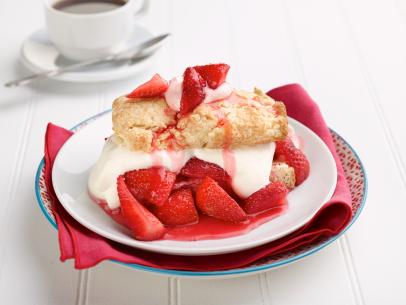
 423 views
423 viewsStrawberry Shortcake
foodnetwork.com
4.4
(216)
20 minutes
Your folders
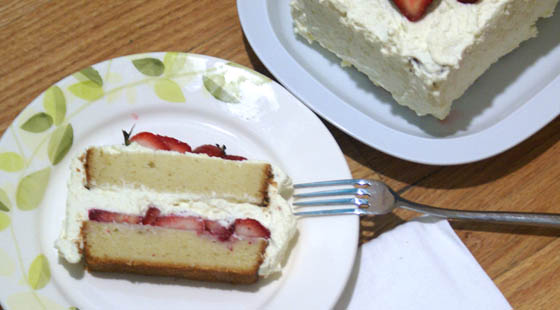
 448 views
448 viewsStrawberry Shortcake
onlytastematters.com
Your folders

 383 views
383 viewsStrawberry Shortcake
misstamchiak.com
Your folders

 309 views
309 viewsStrawberry Shortcake
preppykitchen.com
5.0
(73)
15 minutes
Your folders
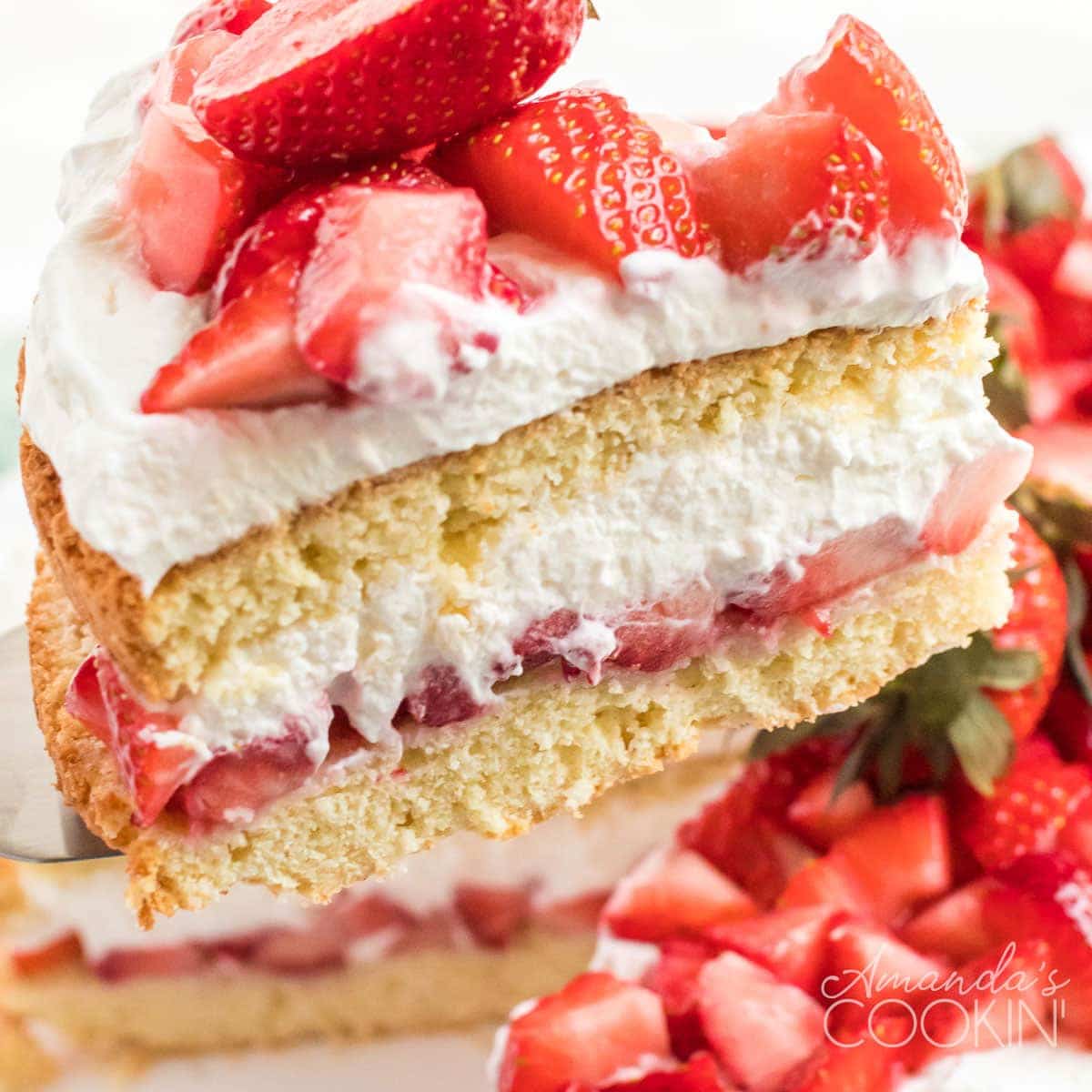
 501 views
501 viewsStrawberry Shortcake
amandascookin.com
4.8
(157)
15 minutes